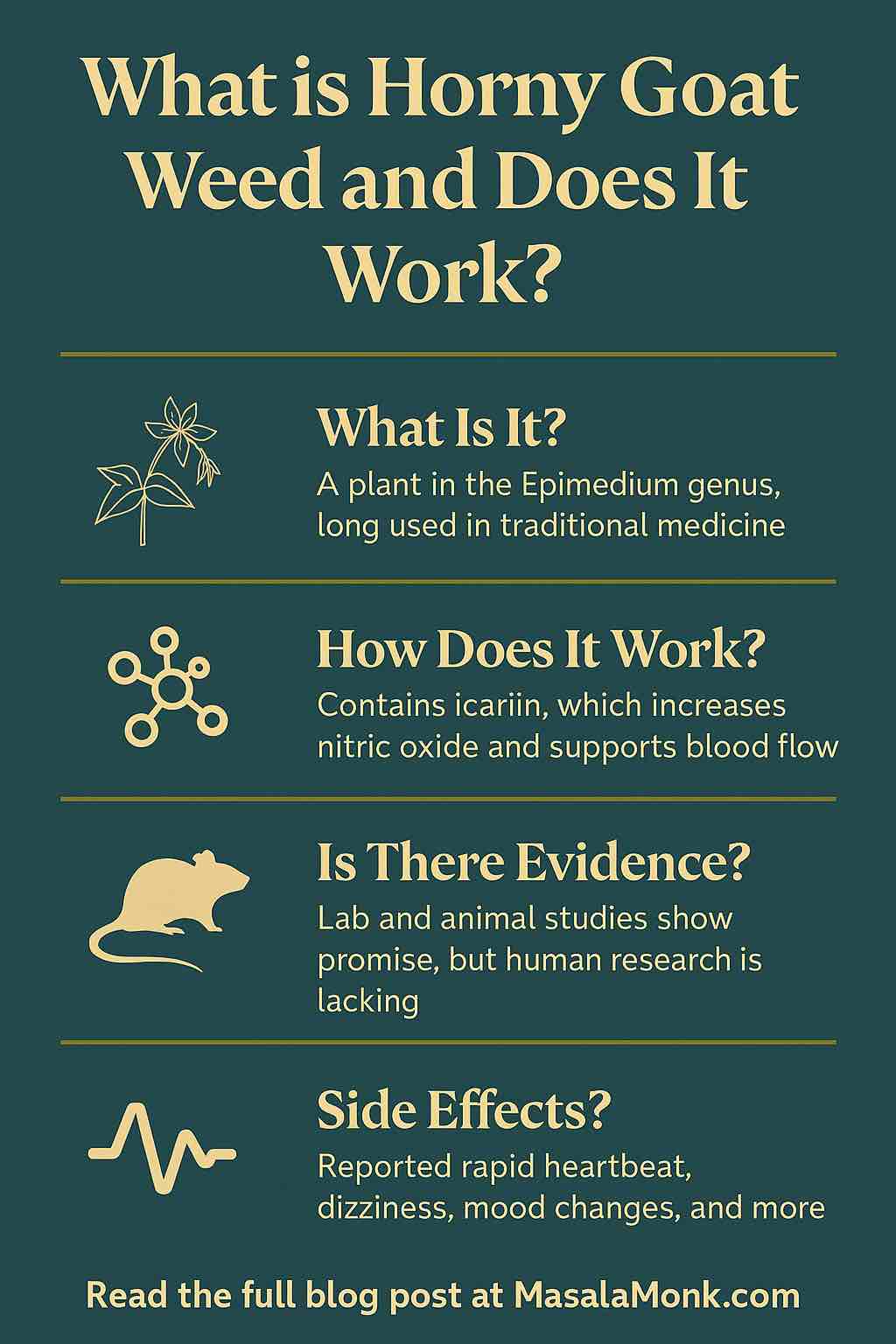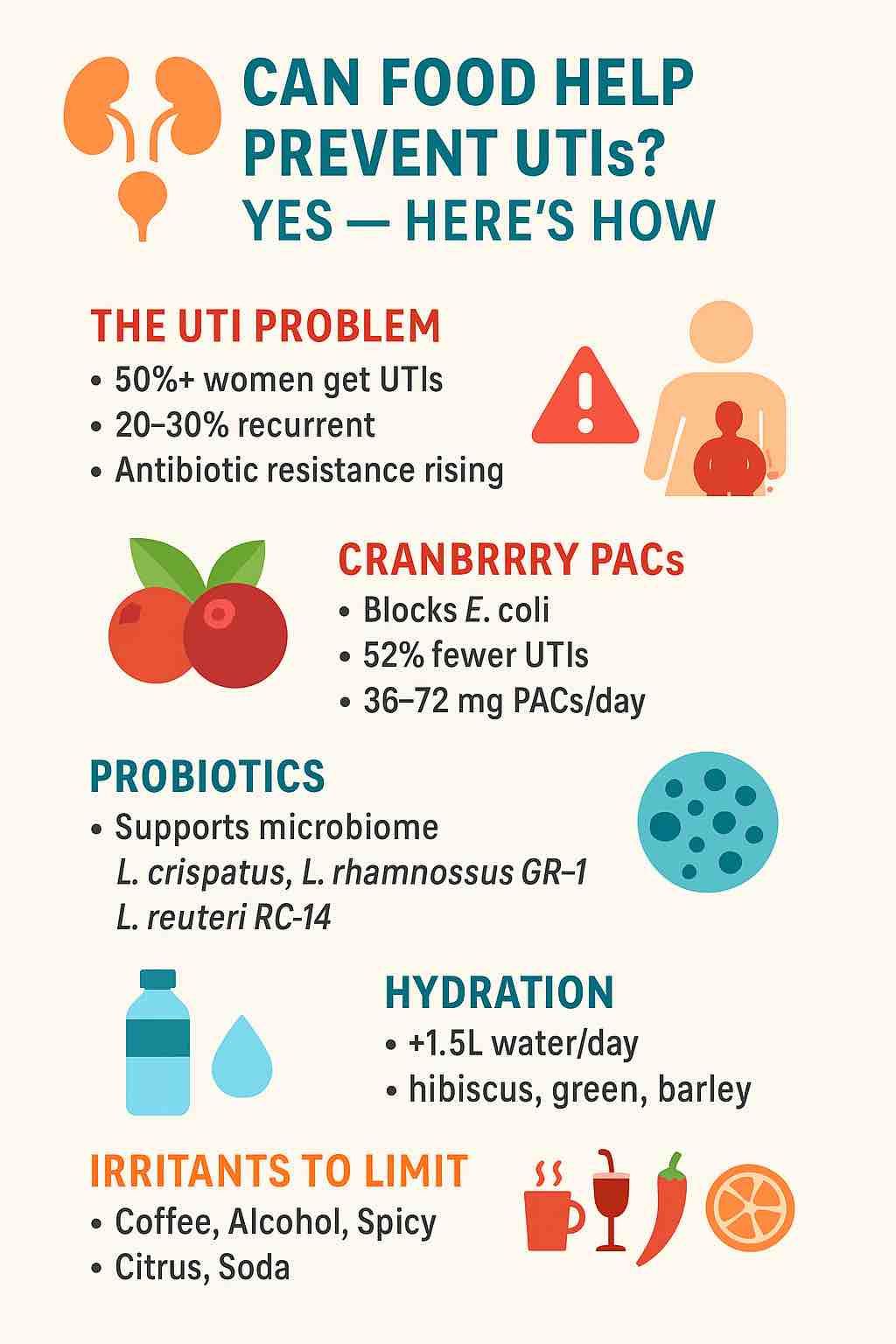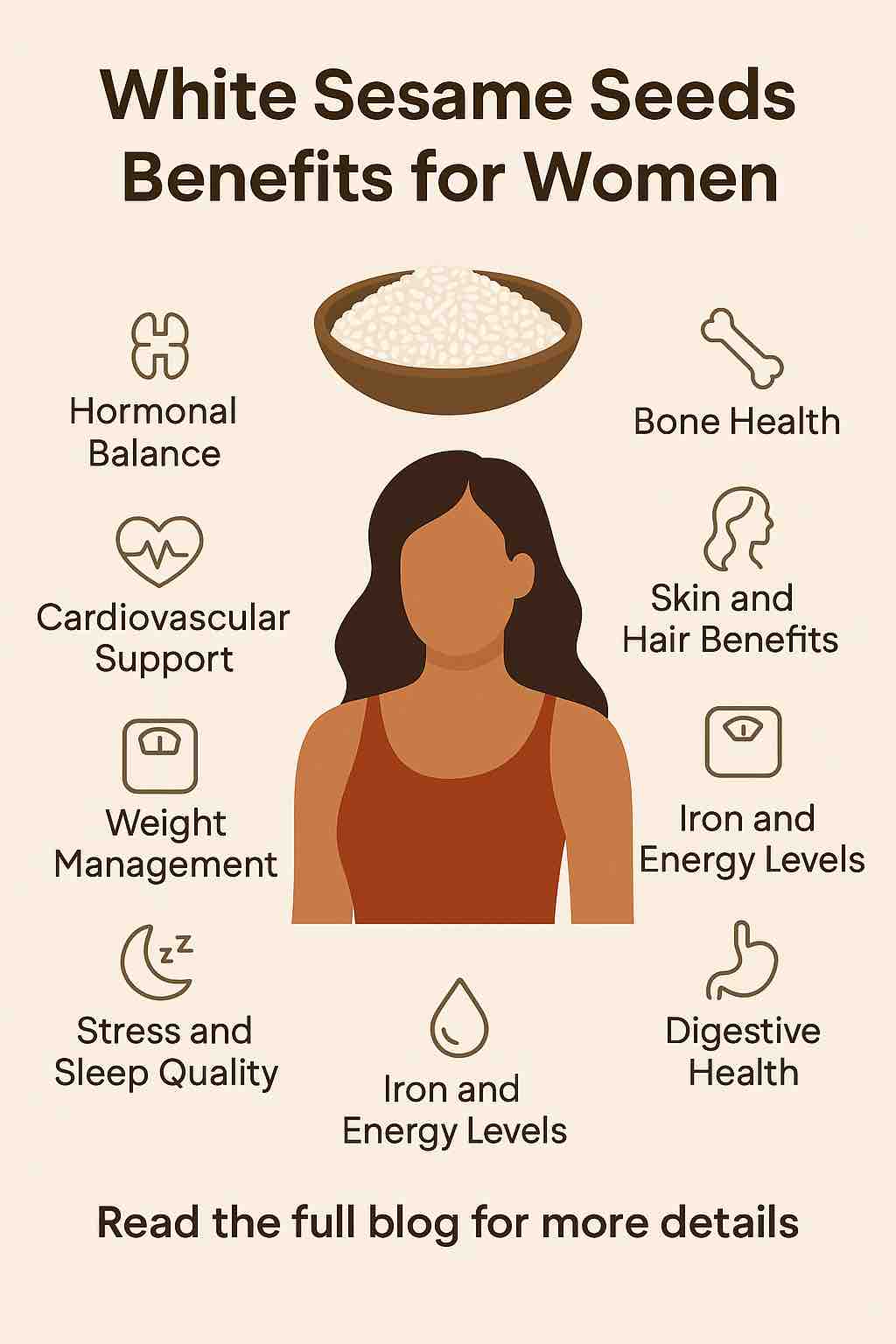
🌿 A Strange Name for a Serious Supplement
You’ve probably seen the name before—Horny Goat Weed—and wondered: Is that a real thing? It sounds like a punchline from a bad infomercial. But behind the cheeky name lies centuries of use in traditional Chinese medicine and growing interest in modern wellness circles.
Touted as a natural libido booster, energy enhancer, and even a mood supporter, Horny Goat Weed has made its way into pills, teas, and functional foods—including trendy intimacy products like Tabs Chocolate.
But does it really work? Or is it just herbal hype?
Let’s dive into what this plant really is, what science says, how it works in the body, and whether it’s something you should actually try.
📖 What Is Horny Goat Weed?
Horny Goat Weed is a nickname for a group of plants in the Epimedium genus—most commonly Epimedium grandiflorum, Epimedium sagittatum, or Epimedium brevicornum. In Traditional Chinese Medicine (TCM), it’s called Yin Yang Huo, and it’s been used for thousands of years to treat fatigue, joint pain, and—yes—low libido.
The name? According to legend, a Chinese herder noticed his goats became frisky after grazing on the plant, and the rest is… botanical history.
🔬 How Does It (Supposedly) Work?
The magic in Horny Goat Weed lies in a compound called icariin. It’s a type of flavonoid that affects the body in a few key ways:
🧪 1. PDE5 Inhibition
- Icariin mildly inhibits the same enzyme (PDE5) that medications like Viagra target.
- By blocking this enzyme, it may help improve blood flow to sexual organs.
💓 2. Increased Nitric Oxide Production
- Icariin has been shown to increase nitric oxide synthase in lab studies.
- More nitric oxide = improved vascular function and circulation.
🧠 3. Neuroprotective and Hormonal Effects
- Some studies suggest icariin may boost testosterone production and support nerve growth, which could indirectly enhance sexual performance and mood.
🧬 What Does the Science Actually Say?
Let’s break it down by type of evidence:
✅ Animal & Lab Studies: Promising
- Rodent studies show improved erectile function and libido after taking icariin.
- One 2025 study found Epimedium improved blood flow through the PI3K/AKT/eNOS pathway.
- Test-tube studies show benefits for nerve cells and anti-inflammatory effects.
Bottom line: In animals and cell models, icariin consistently improves sexual function and vascular health.
⚠️ Human Studies: Still Lacking
Despite all the buzz, the human data isn’t nearly as exciting.
- Most studies involve multi-herb blends, so it’s hard to isolate Horny Goat Weed’s effects.
- A few small trials show mild improvements in libido and mood, but results are inconsistent.
- No high-quality, large-scale human studies exist to confirm that Epimedium alone can significantly enhance sexual function.
So: It may work—but don’t expect pharmaceutical-level results.
💊 How Do People Take It?
Horny Goat Weed is typically taken as:
- Capsules or tablets
- Powdered extract
- Tea
- Infused foods (e.g., aphrodisiac chocolates like Tabs)
📏 Dosage
Doses vary by product and icariin content. A typical extract might contain:
- 250–500 mg/day of Epimedium extract
- 10–40% icariin concentration (look for standardized extracts)
Pro Tip: The more icariin per dose, the stronger the potential effect—but also the higher the risk of side effects.
⚠️ Is It Safe?
This is where it gets tricky. While Horny Goat Weed is generally considered safe in moderate doses, there are some concerns—especially with long-term or high-dose use.
🩺 Common Side Effects
- Rapid heart rate
- Dizziness or lightheadedness
- Nausea or vomiting
- Headaches
- Dry mouth
- Sweating
🚨 Serious (Rare) Side Effects
- Heart rhythm irregularities
- Mood swings, anxiety
- A 2024 case report documented muscle spasms and elevated creatine kinase levels—indicating possible toxicity at high doses
⚖️ Who Should Not Take It?
Avoid Horny Goat Weed if you:
- Take blood pressure meds, SSRIs, nitrates, or blood thinners
- Have cardiovascular disease, arrhythmias, or a history of stroke
- Are pregnant or breastfeeding
- Have hormone-sensitive cancers (like breast or prostate)
Always consult a healthcare provider before starting any new supplement—especially one with hormonal or cardiovascular effects.
🧭 Should You Try It?
👍 Might Be Worth Trying If:
- You’re curious about herbal approaches to intimacy
- You’re otherwise healthy and not on interacting meds
- You want something milder than prescription ED drugs
- You’re using it as part of a stack (e.g., in Tabs Chocolate or blends with maca, ginseng, etc.)
👎 Probably Not a Fit If:
- You have heart conditions, anxiety, or sensitive digestion
- You expect instant, dramatic results
- You’re taking other medications that could interact
🧪 Verdict: Sexy Supplement or Herbal Hype?
Horny Goat Weed sits in a gray area—between folklore and pharmacology.
- It may help improve blood flow and libido subtly, especially when paired with other ingredients like maca or DHEA.
- It won’t perform miracles, especially if underlying issues are psychological, hormonal, or medical.
- It can be risky if taken in high doses or combined with medications.
Use it like you’d approach any functional supplement: cautiously, informatively, and with realistic expectations.
💬 Have You Tried Horny Goat Weed?
We want to hear your experience—did it work for you, or feel like expensive placebo? Leave a comment below and let’s keep the conversation honest and useful.
🔗 Related Reads:
- Tabs Chocolate Review: Does It Really Work?
- Spice It Up in Bedroom – 5 Natural Spices that work as Aphrodisiacs as per Ayurveda
- Is this a Natural Aphrodisiac? Exploring Chamomile Tea and Sexual Wellness
- Understanding the Natural Sexual Benefits of Cloves and Ginger
- Female Vitality with Cardamom: A Spice of Wellness
🔍 FAQs About Horny Goat Weed
1. What is Horny Goat Weed used for?
Horny Goat Weed is primarily used as a natural aphrodisiac. It’s also marketed to support erectile function, energy, mood, joint pain, and menopausal symptoms. Most products focus on sexual wellness and vitality.
2. Does Horny Goat Weed really work for ED or low libido?
It may help mildly, especially in cases related to blood flow or stress. Animal studies show promise, but human research is limited. It’s not as potent or fast-acting as prescription ED treatments like Viagra.
3. How long does it take for Horny Goat Weed to work?
Some users report effects within a few hours, while others may need several days of consistent use. It depends on the dose, extract potency (icariin %), and your individual metabolism.
4. How much Horny Goat Weed should I take?
Typical doses range from 250 mg to 1000 mg per day, depending on icariin concentration. Look for standardized extracts (e.g., 10%–40% icariin). Always start with the lowest dose to assess tolerance.
5. Can women take Horny Goat Weed?
Yes. Women may benefit from its potential libido and energy-enhancing effects. It’s also sometimes used to manage menopausal symptoms, but long-term safety hasn’t been well-studied in women.
6. Is Horny Goat Weed safe to take every day?
Occasional use is generally safe for healthy adults. However, long-term daily use may increase the risk of side effects like rapid heartbeat, mood changes, or hormonal disruption. Use in cycles or consult your doctor.
7. What are the side effects of Horny Goat Weed?
Common side effects include dizziness, dry mouth, nausea, and headaches. Rare but serious reactions include rapid heartbeat, mood swings, and in very rare cases, muscle toxicity. Always follow dosage instructions.
8. Can I take Horny Goat Weed with other supplements or medications?
Caution is advised. It may interact with blood pressure medications, SSRIs, PDE5 inhibitors (like Viagra), and hormone treatments. Talk to your healthcare provider if you’re on any regular meds.
9. Is Horny Goat Weed better as a standalone supplement or in blends?
Many users report better results when it’s combined with other ingredients like maca, ginseng, or DHEA. Standalone Horny Goat Weed can be effective, but synergistic blends may offer more noticeable benefits.
10. Where can I buy quality Horny Goat Weed supplements?
Look for reputable brands with third-party testing. Choose products that disclose icariin concentration and avoid exaggerated claims. Also check reviews for user-reported effectiveness and side effects.












